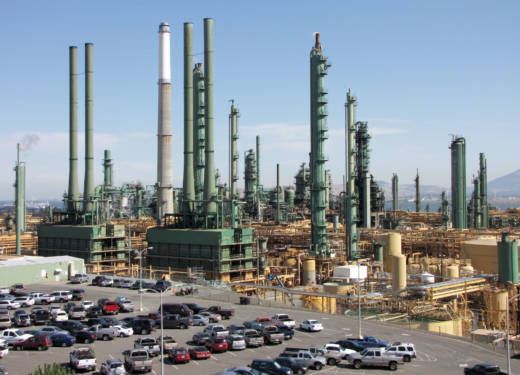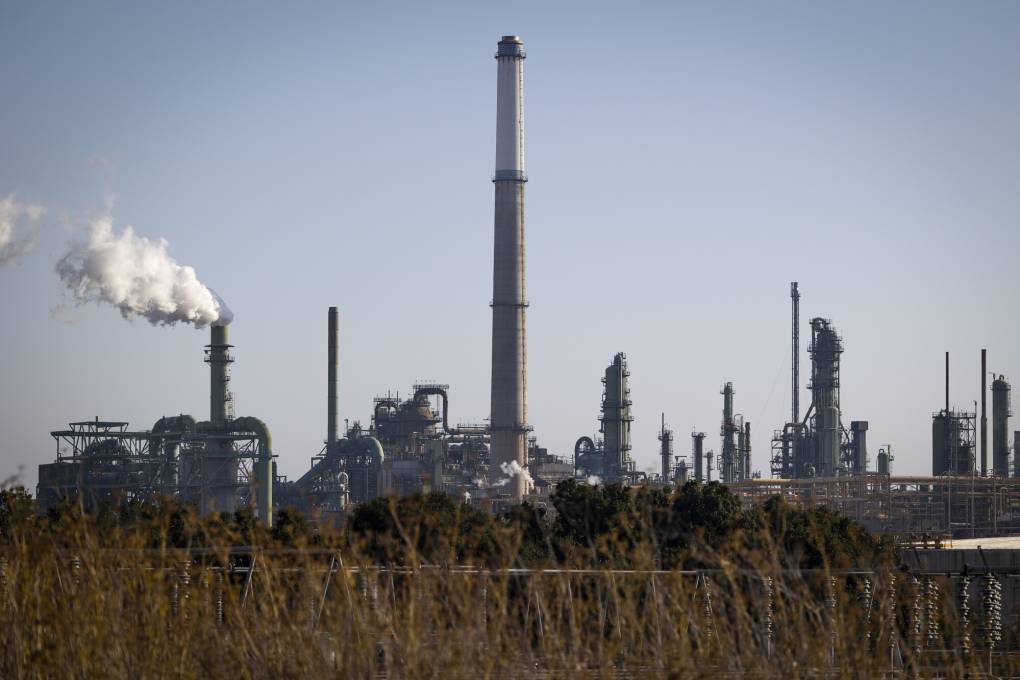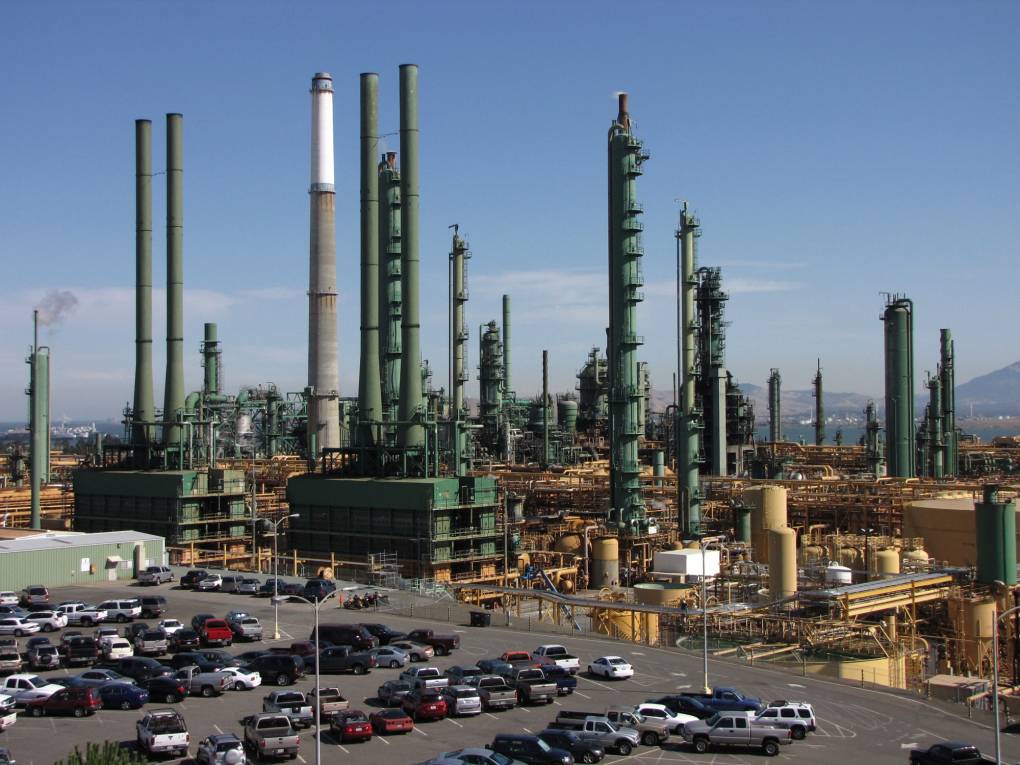The refinery's subsequent closure contributed to a statewide spike in gasoline prices and prompted investigations by several government agencies, renewing attention on the refinery two years after a power outage caused a major release of toxic sulfur dioxide in the area.
Valero spokeswoman Lillian Riojas declined to comment directly on the company's violations. Instead, she pointed to the company's May filing with the Securities and Exchange Commission in which it reported it's facing more than $342,000 in fines in connection with the incident. The company told the SEC it expects to face $242,840 in proposed penalties from Solano County and $100,000 from the Bay Area Air Quality Management District.
Valero's root cause analysis, completed in July, examines a series of problems that led to the refinery malfunctions.
Company inspections during the refinery shutdown found that furnace tubes were bulging and leaking. Valero says when the facility was restarting a unit last November, a safety valve improperly "lifted," allowing crude oil to bypass one of the refinery's furnaces.
Valero says "it was not appreciated at the time" that allowing the bypass "exposed the furnace tubes to elevated temperatures." Extreme heat gradually deformed the tubes and allowed a solid substance called petroleum coke to form inside. Valero's analysis concedes that the deteriorating conditions were "not timely identified and mitigated, leading to the tubes' subsequent failure" and the March refinery malfunctions.
Solano County's investigation reported that carbon monoxide and oxygen sensors in the refinery furnace were not operational for at least three years.
"Proper functioning sensors would have provided an indication that the furnace was malfunctioning to Valero staff, allowing them to act sooner to correct the condition and prevent additional release," said Terry Schmidtbauer, the county's assistant director of resource management, in an email.
"The issue with the furnace upset the system," Schmidtbauer said.
Those system issues became more evident in early March as two other refinery components experienced problems. One was a fluid coker, which heats up and "cracks" the thickest components of crude oil processed at the refinery. Another, a flue gas scrubber, removes fine particles before gases are released from the facility's smokestacks.
Malfunctions with those devices led to an increase in carbon monoxide levels, according to Valero, To reduce those levels, refinery crews ended up increasing the temperature on the furnace tubes, thus accelerating their deterioration.



